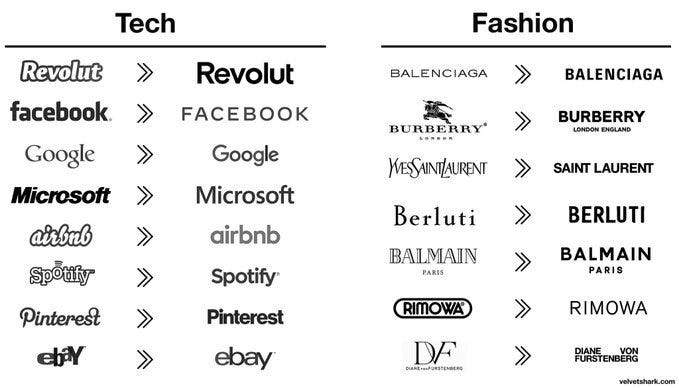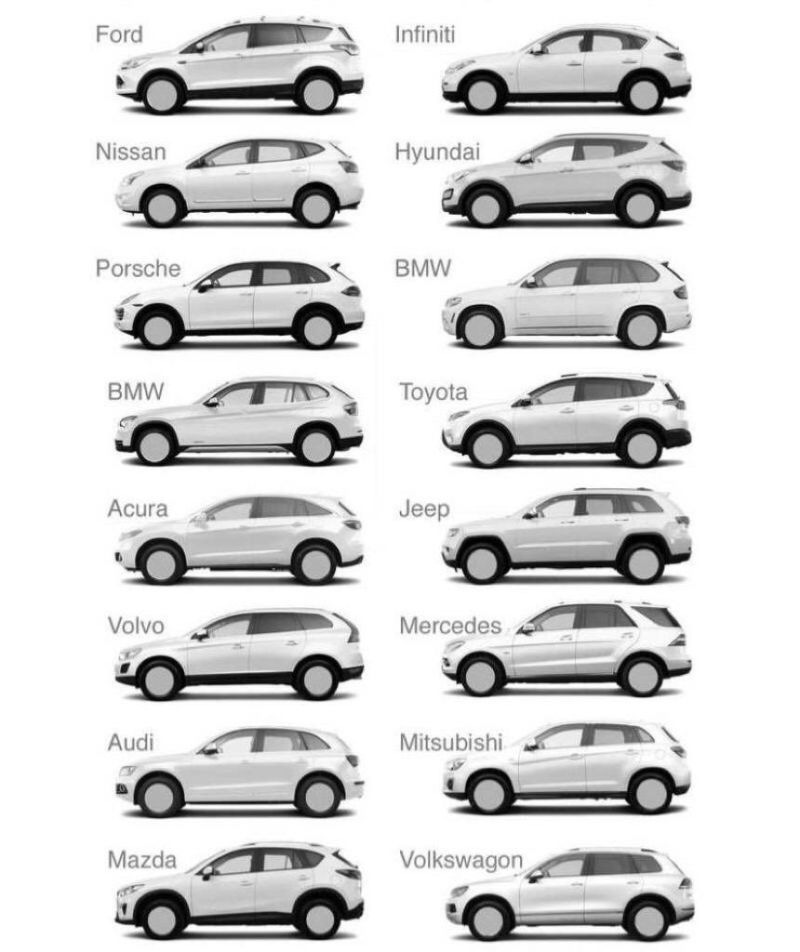This two-part series on stuck culture begins by delving into its nature and potential causes. Next week, we'll examine the consequences and explore possible solutions to overcome it.
“The 21st century is oppressed by a crushing sense of finitude and exhaustion. It doesn’t feel like the future. Or, alternatively, it doesn’t feel as if the 21st century has started yet. We remain trapped in the 20th century, just as Sapphire and Steel were incarcerated in their roadside café. The slow cancellation of the future has been accompanied by a deflation of expectations. There can be few who believe that in the coming year a record as great as, say, the Stooges’ Funhouse or Sly Stone’s There’s a Riot Goin’ On will be released. Still less do we expect the kind of ruptures brought about by The Beatles or disco.”
Mark Fisher, ‘The Slow Cancellation of the Future’
I’m not sure I completely agree with the above, but I do think expectations for the change that is possible for our society to see are becoming smaller and smaller. Recently, I’ve been exploring ‘stuck culture’ a societal quagmire where ideas and products converge, lines are blurred and alternatives stifled. A place where we can’t think outside of that which already exists.
It’s not just me. Everything is becoming more and more the same. Look around you. Logos, architecture, what people wear, interior design, political viewpoints, ideas. It’s all the same.
Don’t believe me? Let’s look at some examples.
The below is what Lindyman would call refinement culture (a branch of stuck culture) it’s the gradual removal of anything that isn’t absolutely necessary. Every brand logo looks the same.
And it’s not just logos, anyone who lives in a modern city will be familiar with the mundanity of identical, ugly new builds. With their focus on utility and cost efficiency over aesthetics.
These things may just appear as aesthetics, but it’s deeper. This homogeneity has far-reaching consequences, from a stifling of creativity to a loss of personal well-being, issues we’ll dive into later.
But first, what’s causing culture to get stuck?
Globalisation
Let’s keep to the example of buildings. As recently as 100 years ago, people would have relied on materials available to them to build. Architectural techniques came out of the limitations and strengths of certain raw materials.
Thatched cottages arise due to the availability of the materials - reeds, straw, hay, palms and their durability, and usefulness for insulation and weatherproofing. In China, the resting hill roof, was the option of choice, again driven by local constraints.
These local constraints bred innovation and gave cities their characteristic styles. Globalisation has, for the most part, removed these constraints.
As architects and designers around the world have gained access to a larger range of resources and ideas, the influence of global architectural trends has become more pronounced. Local styles are being overshadowed, and homogenisation has emerged. When everyone has access to steel beams, and steel beams are the cheapest way to support large frames, everyone uses them. This on its own isn’t a bad thing. The building of skyscrapers would not be possible without certain materials and methods, but it does lead to a propensity for sameness.
It’s not just about the materials. The spread of international architectural firms and franchises has also contributed to stuck culture. These firms sometimes prioritise a specific brand identity or aesthetic across their projects, regardless of the cultural context. This means cities around the world are gradually losing their unique architectural identities, you get this monotonous global aesthetic. I bet if I dropped you in the CBD of any major city (with the removal of any signs) you’d not be able to tell me what continent you were in, let alone country.
Capitalism
Maybe we’re giving global architectural firms a bit too much credit here, and to be honest, I doubt their influence on stuck culture is anything compared to that of capitalism. At its core capitalism in a free market is about getting the absolute most from the resources available, if a company fails to do this, it falls behind competitors and is priced out.
I have zero knowledge of building standards, but I imagine whenever an architectural firm is commissioned to build a project there are certain standardised processes and playbooks they adhere to for their clients to minimise costs. Windows should be this big, made of these materials, ceilings this high, and angles of this degree. Then some new study comes out or some slightly better material (maybe a foam that insulates the building better or a steel alloy that requires less thickness to reach the same tensile strength) and this process is added to the firm’s playbook.
The process looks like this
Identify a way to do something
Market refines process until the absolute most economical way is found
This proliferates globally
Minor iterations on this standardised process
Sameness is the result
This cycle of identifying the most efficient way to do something, refining it through market competition, and then spreading it globally, reinforces a homogenised approach. But I don’t think it’s just architecture, look around, how many other things iterate through this process towards sameness by capitalism.
Technology
Aside from capitalism, probably the biggest contribution to stuck culture is technology. Some would argue that the internet exposes new ideas, and moves culture forward. In a way, this seems true, but what also seems true is that the global reach of the internet and social media platforms has led to the rapid dissemination of popular culture, often overshadowing local cultures.
This pervasive influence of mainstream media, music, and movies results in the dilution of cultural expressions as people worldwide adopt the same trends, styles, and preferences. Just look at TikTok, I love that app, but it’s one huge sticking point of culture. Everyone doing the same skits, using the same soundtracks, and pushing the same memes. On the surface, it looks like originality, but spend any time in that app and you’ll see it’s just stuck culture.
Maybe TikTok can be excused, despite its influence, its primary function is entertainment, and its core purpose is not to raise consciousness or propagate new ideas. It’s not the town hall for our society to discuss issues and move forward. Twitter, however, is these things, and it’s failing.
Echo Chambers and Polarisation
My Twitter feed at the moment is just one huge echo chamber. I don’t know if it’s always been this way, or if Elon Musks’ new product changes have altered the algorithm but I literally just get bombarded with the exact same narrative from dozens of different accounts. A year ago, all I saw was how crypto was going to change the world. A week ago, all I saw was how we could be going into a period of hyperinflation, and why we should be worried about the SVB crash. Today my feed is pretty much 100% about GPT4 and how it’s the biggest technology to grace humanity since the transistor.
This echo chamber shapes me. Last week I was paranoid about the SVB crash, this week I’m figuring out how we can build AI into my startup. I’m not saying these narratives aren’t correct, it’s just odd at how rare it is that I’ll find the counterargument to an in-vogue narrative. This isn’t how news and opinions are meant to be consumed. As my dad would say ‘you just need to read a wide variety of stuff’. I hate the traditional media and news outlets, but you can’t deny that picking up a copy of The Guardian, The Independent, and The Telegraph is going to give you a far more balanced view of the world than whatever the algorithm decides to push me today. The algorithms only want to show you stuff that aligns with your interests or triggers you, it doesn’t care about you getting a nuanced view on complex topics, it’s incentivised to keep culture stuck.
Next week we’ll take a look at how stuck culture manifests in political parties becoming more the same, how it stifles creativity, and maybe some things we could do…
Reading
I’ve recently started a TikTok channel to review books. Yes, it’s cringe, but got to keep up with kids and all that…
If you want reviews of what I’ve been reading you can follow along below
As always, if you enjoyed this, forward it to a friend!






